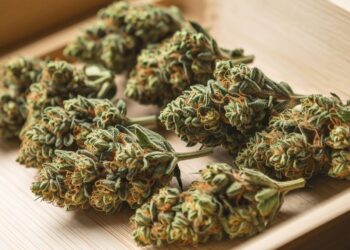Cannabis concentrates pack 40% to 99% THC, far stronger than regular flower. But with so many options like shatter, wax, and live resin, choosing the right one gets confusing.
This guide solves that problem. You’ll learn the main types of concentrates, how they’re made, and which ones work best for your needs. Plus proper dosing and safety tips.
Why trust this information? I’ve spent years testing concentrates and consulting extraction experts. Every fact comes from reliable sources and real experience, no marketing fluff.
The concentrated market is expected to hit $2.4 billion by 2030. Understanding these products now puts you ahead. Let’s get started.
Types of THC Concentrates
Let me walk you through the seven main concentrates you’ll find at dispensaries. Each one offers different strengths and experiences.
1. Shatter
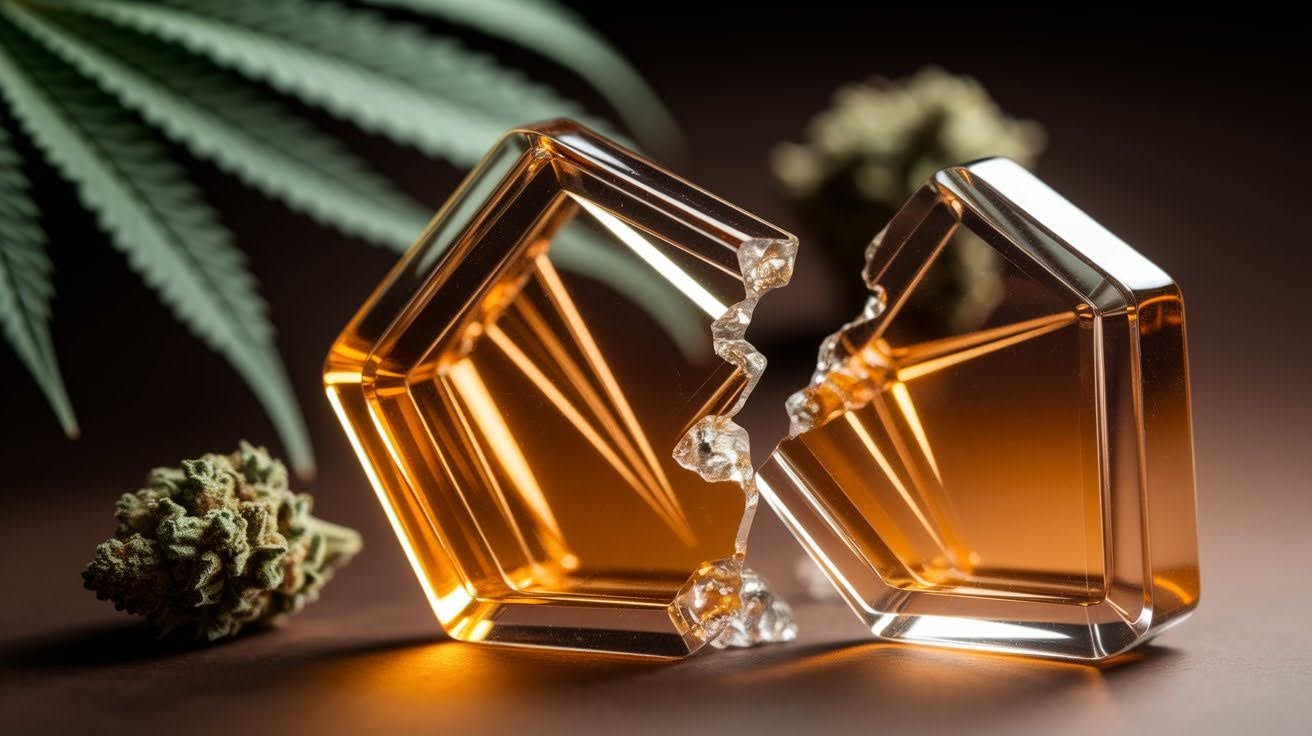
Shatter looks exactly like colored glass with amber to green tints. This concentrate gets its name because it breaks when dropped the texture is extremely brittle.
Shatter contains 70-90% THC, making it one of the stronger options available. Manufacturers create shatter using butane hash oil with controlled evaporation.
The glass-like appearance makes shatter visually striking among concentrates. I’ve found that shatter preserves original strain flavors exceptionally well compared to other types.
However, the brittle nature requires careful handling and experience. Many consider Shatter the premium choice for concentrate enthusiasts.
You’ll need specialized equipment for dabbing or vaping shatter properly. The stable texture makes shatter less temperature-sensitive than softer concentrates during storage.
2. Wax
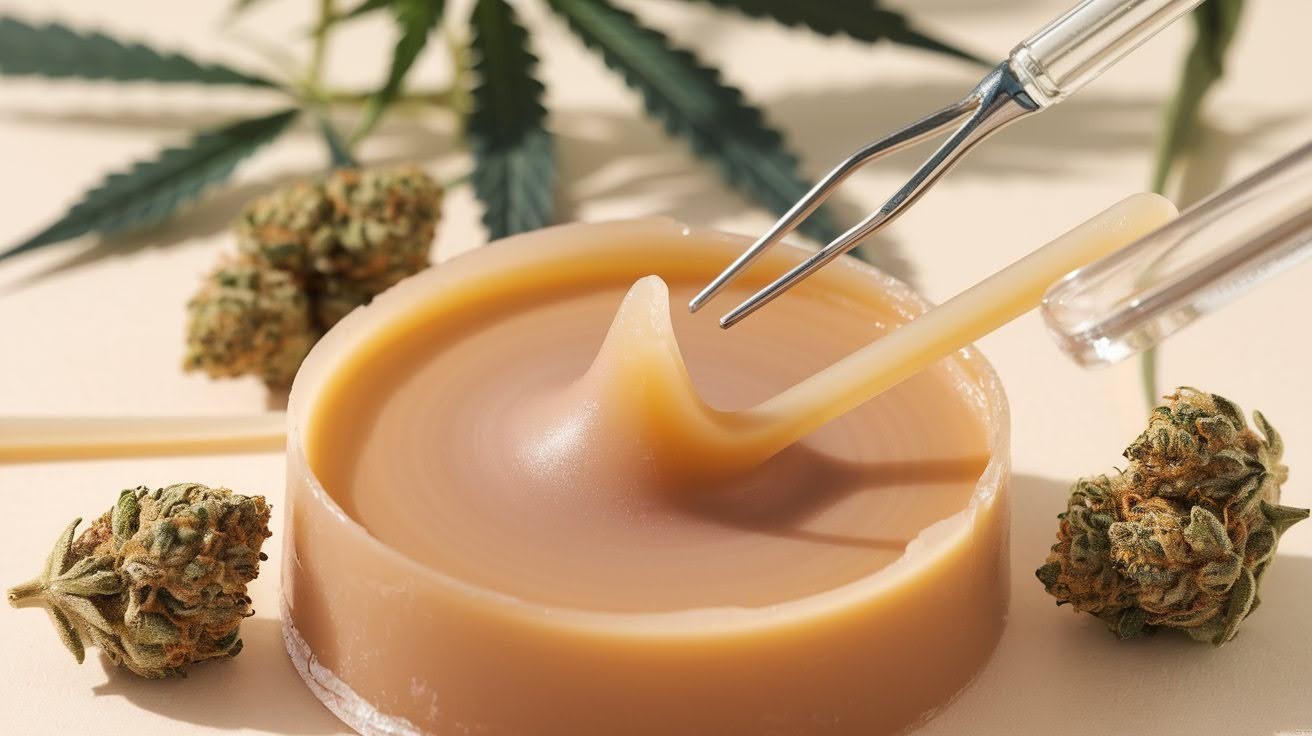
Wax has an opaque, sticky consistency that resembles actual beeswax. The texture feels soft and malleable, making it easy to manipulate with tools or your fingers.
Wax contains 60-90% THC, providing strong effects without being overwhelming for most users. The extraction process involves butane hash oil with a whipping technique that introduces air.
This whipping creates the softer, more workable consistency that users appreciate. I recommend wax because the texture makes handling straightforward compared to brittle concentrates.
Wax works well for multiple consumption methods, including dabbing, edibles, vaping, and sprinkling on joints.
The versatility makes wax suitable for various experience levels. Store wax in airtight containers to maintain its texture and prevent it from drying out over time.
3. Budder/Butter
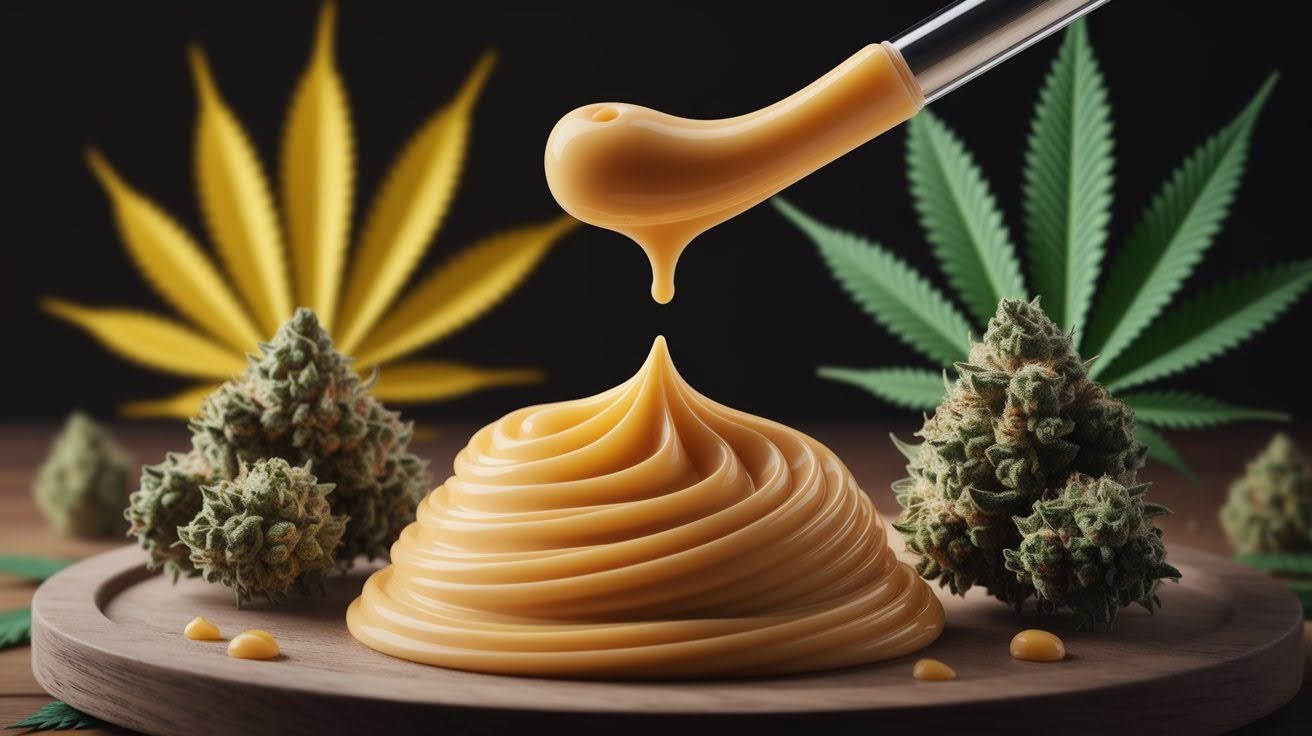
Butter has a creamy, smooth texture that resembles actual butter. At room temperature, this concentrate spreads easily and maintains a consistent texture.
Budder typically contains 60-90% THC, with most products hitting around 70%. Manufacturers create butter using butane hash oil with controlled whipping techniques.
The process creates the most user-friendly texture for people new to concentrates. Budder stays rich in terpenes, providing enhanced flavor profiles that maintain original strain characteristics.
I tell beginners to start with butter because it’s easy to measure and handle safely. You can use budder for dabbing, vaping, edibles, or adding to joints without difficulty.
However, butter is temperature-sensitive and requires optimal storage conditions to maintain its creamy consistency and potency over time. Here’s something interesting. The next concentrate offers superior flavors.
4. Live Resin
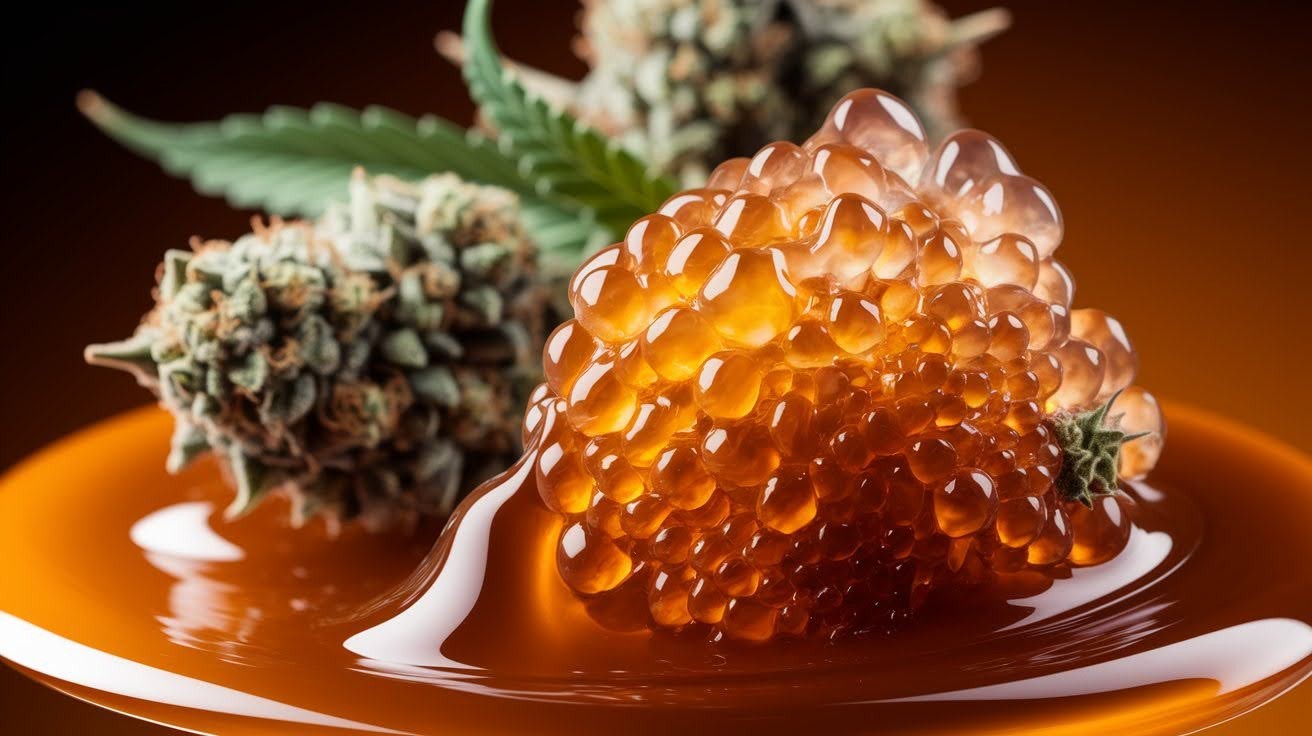
Live resin has a sticky, saucy texture with vibrant colors that catch your eye immediately. The wet, sauce-like consistency sets it apart from other concentrates.
Live resin contains 65-90% THC while maintaining high terpene levels. This concentrate comes from flash-frozen cannabis plants using butane or propane extraction.
The freezing process preserves terpenes that would normally degrade during traditional drying. I’ve noticed live resin offers superior flavor and aroma profiles compared to other concentrates.
The labor-intensive process affects pricing, making live resin more expensive than basic options. Live resin contains the richest terpene content among all concentrate types.
Most people use live resin for dabbing to fully appreciate the terpene-rich experience. Proper storage is crucial to preserving those delicate terpene profiles that make live resin special.
5. Rosin
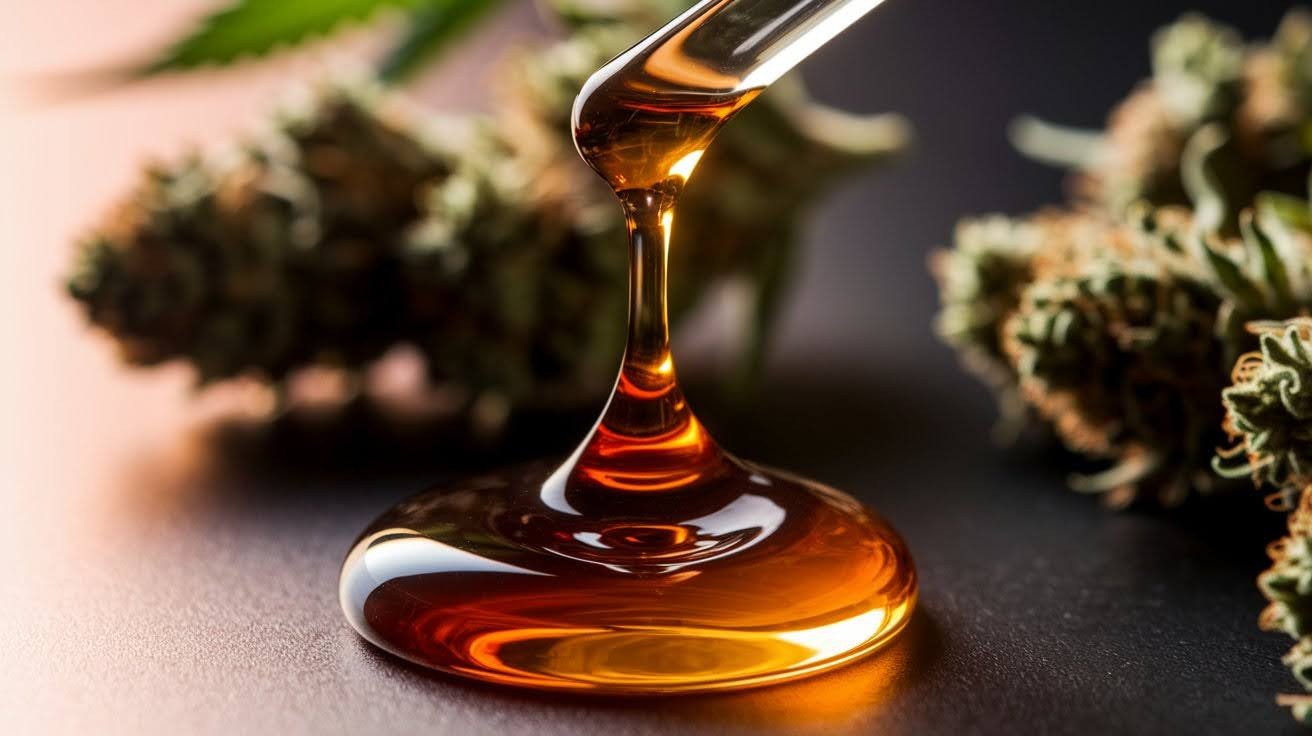
Rosin has a syrupy, sap-like appearance that varies in consistency from soft to harder textures. The sticky consistency makes rosin unique among concentrate options.
Rosin contains 60-75% THC, which is lower than some concentrates but still potent. The extraction uses only heat and pressure. No chemical solvents are involved in production.
This solventless method appeals strongly to health-conscious consumers who avoid chemical extraction processes. Rosin maintains high cannabinoid and terpene levels while providing a clean, pure consumption experience.
I appreciate Rosin’s natural extraction method and the resulting pure taste profile. You can use rosin for dabbing, vaping, or adding to joints and bowls without concern about chemical residues.
All experience levels can enjoy rosin, especially those preferring solventless products. Rosin requires precise temperature control during storage to maintain its quality and consistency.
6. Crumble
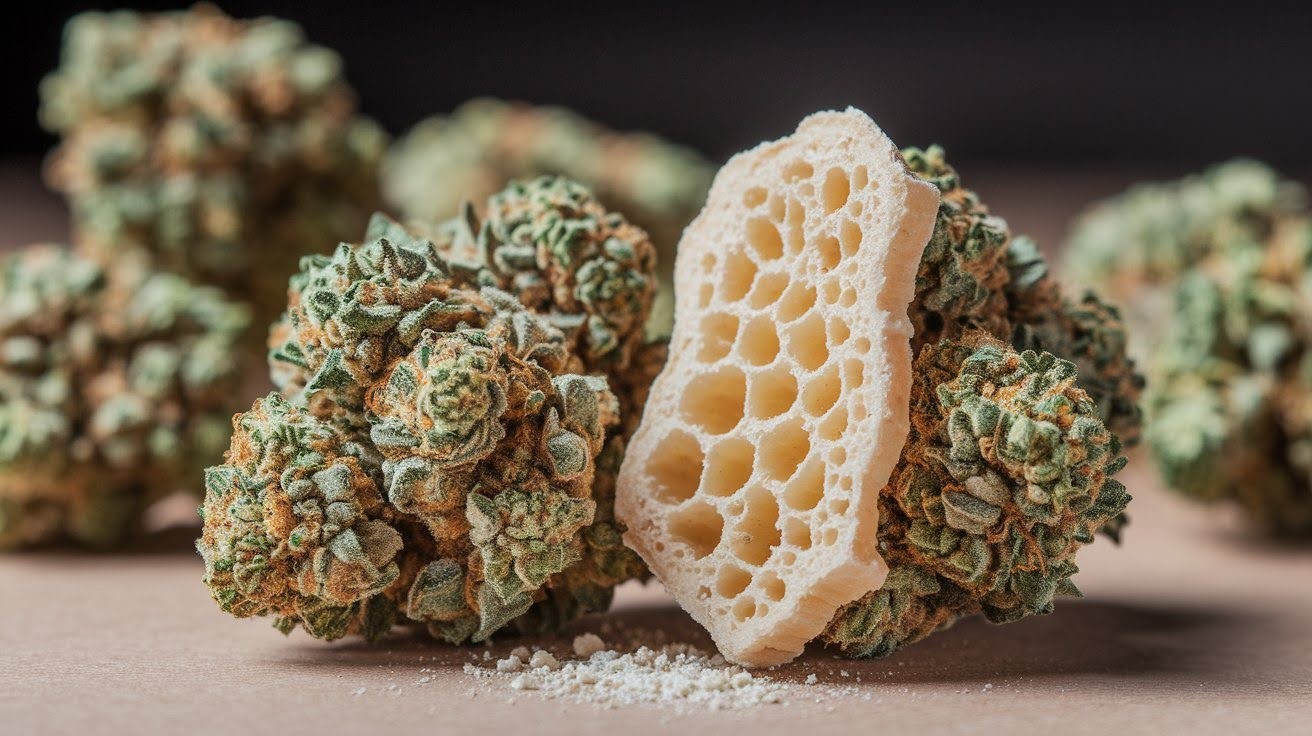
Crumble has a dry, crumbly texture that resembles aged feta cheese in appearance. The concentrate breaks apart easily into a powdery consistency when handled.
Crumble ranks among the strongest concentrates available in terms of potency levels. Manufacturers create crumble using solvent-based extraction with a specific drying process.
Fresh crumble displays a yellowish color that earns it the nickname “honeycomb” among users. The concentrate darkens over time with exposure to air and light.
Crumble proves extremely versatile for various consumption methods and uses. Small amounts of crumble provide significant effects due to its high concentration levels.
You can use crumble for dabbing, vaping, sprinkling on flower, or in edibles after decarboxylation. Experienced users should handle crumble due to its high potency.
The dry texture makes crumble less sensitive to handling than softer concentrates.
7. Distillate
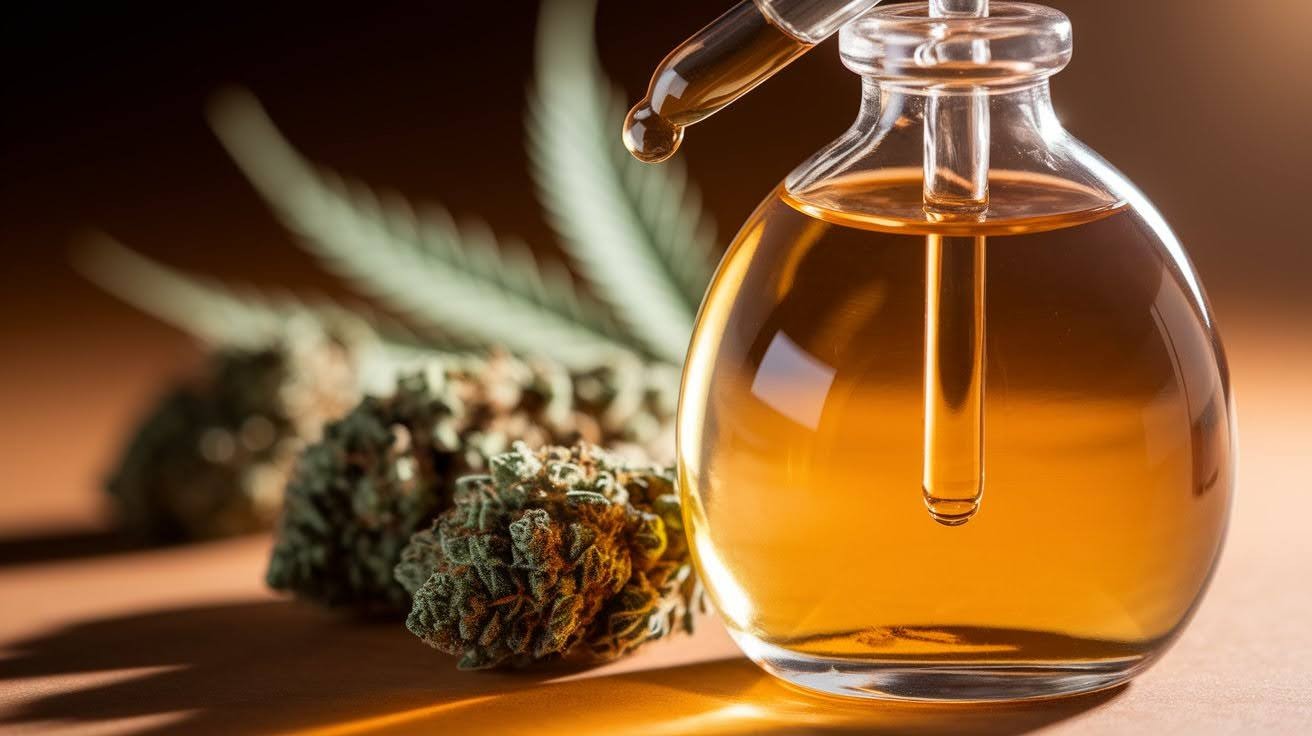
Distillate appears as a clear, viscous liquid with a thick, honey-like consistency. This concentrate represents the purest form of cannabis concentrate available today.
Distillate contains 90-99% THC, making it extremely potent and requiring careful dosing. The multi-stage distillation process removes nearly everything except pure cannabinoids.
Distillate may lack the rich terpene profiles found in other concentrate types. However, the purity makes the distillate incredibly versatile for multiple applications and consumption methods.
I find distillate works excellently in edibles, tinctures, vape cartridges, and topical products. All experience levels can use distillate, but dosing requires extreme caution due to potency.
The nearly tasteless and odorless nature makes the distillate perfect for discreet consumption. Distillate offers excellent stability and maintains a long shelf life when stored properly in cool conditions.
Bottom line: Each concentrate serves different needs based on your experience level and preferred consumption method.
Key Differences Summary
Understanding concentration differences helps you make smart choices. I’ll break down what matters most when selecting concentrates.
Potency ranges from hash at 40-60% THC up to diamonds reaching 99% THC. Hash, kief, and budder work well for beginners.
Wax, rosin, and live resin suit intermediate users. Shatter, crumble, and distillate require experience due to their high strength.
Textures vary widely. Shatter breaks like glass while wax feels soft and moldable. Distillate pours like honey. Live resin stays sticky and wet. Crumble breaks into powder.
Production methods are split into solvent-based and solventless categories. Solvent-based includes shatter, wax, and distillate. Solventless covers rosin, hash, and kief for natural extraction.
Choose based on your experience level, preferred consumption method, and whether you prioritize strength or flavor.
Conclusion
Now you understand the different types of THC concentrates and how each one fits different needs. From beginner-friendly budder to potent distillate, you know how to make confident choices.
Start with your experience level and preferred consumption method. Don’t chase the highest THC numbers focus on what works for your situation.
Remember to start small with any new concentrate and work your way up. Your concentration confusion is solved. You know the textures, potencies, and best uses for each type.
Ready to try your first concentrate or expand your experience? Visit your local dispensary with this guide in mind.
Have questions about specific concentrates? Drop a comment below. I’d love to help you choose the perfect option for your needs.
Frequently Asked Questions
What are the different types of THC concentrates available?
The main types include shatter (glass-like), wax (soft and moldable), budder (creamy), live resin (sticky with rich flavor), rosin (solventless), crumble (dry and powdery), and distillate (liquid, 90-99% THC). Each offers different textures, potencies, and consumption methods.
Which THC concentrate is best for beginners?
Butter and wax are ideal for beginners. They have manageable potency (60-90% THC), easy-to-handle textures, and work with multiple consumption methods. Their forgiving consistency makes measuring doses simple while providing good flavor profiles.
What’s the strongest type of THC concentrate?
Distillate is the strongest, containing 90-99% pure THC. Diamonds also reach up to 99% THC. These require extreme caution when dosing due to their intense potency. Start with tiny amounts if you’re not experienced with high-strength concentrates.
How do solvent-based and solventless concentrates differ?
Solvent-based concentrates use chemicals like butane during extraction (shatter, wax, live resin). Solventless concentrates use only heat and pressure (rosin, hash, kief). Solventless appeals to health-conscious users who prefer natural extraction methods without chemical residues.
Which concentrate type offers the best flavor?
Live resin provides the richest flavor profiles because it’s made from fresh-frozen plants, preserving more terpenes. Rosin also offers excellent taste due to its natural extraction process. Both maintain the original strain characteristics better than other concentrate types.





